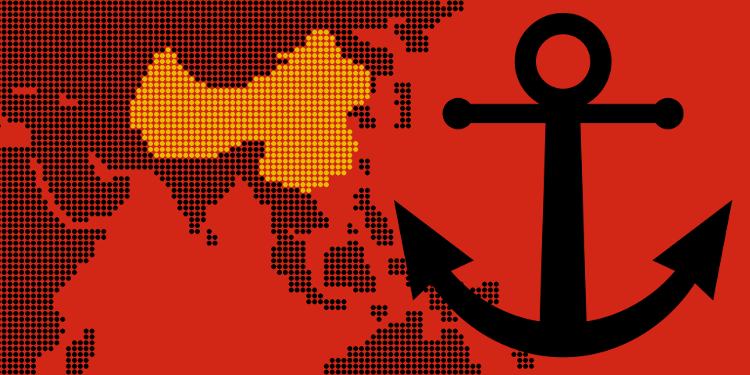One easy way to understand, at most “anticipate, but at least be unsurprised by developments in Korea and China is the “PDT Symphony Mad Asian Scientist Theorem”. This “Mad Scientist” theorem is not fact and likely untrue, but if applied, events somehow make sense. The theorem is as follows.
Let’s say there is a mad scientist somewhere in Asia who freely travels between China and North Korea. He studies a very specific niche: civilian control. Over the last sixty years or so, he would have easily observed in North Korea what happens to a society with absolute police state control over a comparatively small population completely isolated from the outside world. Propaganda and behavior are equally managed and controlled by the government there. This hypothetical “mad scientist” would have all the information he needs to understand an Orwellian society in full swing.
Then, let’s say, for whatever reason, North Korea is no longer a viable source for his societal studies and experiments—however he manages to implement them. He then goes to China, which seems to be following the same Orwellian methods, but on a population fifty times larger. That is the theorem.
As North Korea stops being the perfect place for the mythical “mad scientist”, China suddenly becomes the new laboratory. It’s not actually happening that way; it just seems to be. One small example of this is China’s new use of facial recognition; police wearing face-recognition glasses, face-recognition police robots looking for bad guys at train stations, and even cameras using face-recognition to crack down on the great threat of J-walking. No question, China is the world’s new North Korea, but with tech the Kim Dynasty never dreamed of.
Whatever is going on behind the scenes, this “peace deal” with North Korea is not all that it is purported or reported to be. South Koreans will be led to believe that the new peace will be the result of the new president Moon Jae-in’s emphasis on “diplomacy”. However much his diplomacy may have in fact helped, it’s not just any old kind of diplomacy. Obama also stressed diplomacy and we saw what happened there—or better said what didn’t happen. South Korea’s president had a special diplomacy, but he hasn’t said what made his so diplomatic methods get actual results.
Just as much, Trump’s embargo against North Korea also stepped up pressure, something obvious that receives some mention, but not much mention because it’s so obvious. The more likely Trump-effected factor in the North Korean deal is China. That you are likely to hear little about from Trump since people who make a difference rarely share all of their trade secrets. Trump is the great deal maker, after all. So, there is no way that we will know what all went on behind the scenes.
What most likely happened was a US implied threat made to China, a simple reveal of US military capability. “China, back off or you’re boiled toast, cooked, and well-done.” That’s what kind of message China must have gotten, one way or another. This is all the more obvious because of China’s response, grasping for friends.
Even with all this bravado about playing hardball with the US, China just opened up foreign investments at warp speed. Of course, China loves it when foreign money flows one-way into its markets. It’s working with an economic team from the US. And, China is also working on economics with its old, hard-earned enemy India—in the same “bromance” as Xi had with Trump.
The India deal won’t work because China always negotiates with a factor of “saving face”, an brittle value. If China really wanted India’s friendship, it would apologize for all past disputes—whether right or wrong—and permanently surrender all disputed land to India. But, it won’t because China isn’t demonstrating any change of heart, only a state of desperation.
For China’s sake, the decision makers in Beijing must be careful. India is no fool and “desperate” is exactly what India will see. India’s president will seek to exploit as much as he can from China, but India is by no means a friend of a nation that wants to be friendly and save face at the same time.

